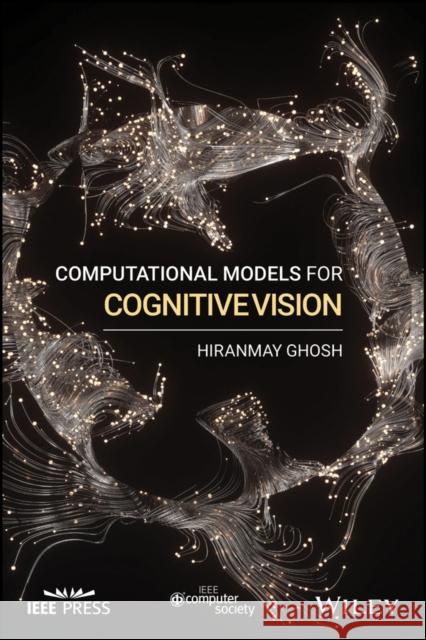Computational Models for Cognitive Vision » książka
topmenu
Computational Models for Cognitive Vision
ISBN-13: 9781119527862 / Angielski / Miękka / 2020 / 240 str.
Kategorie:
Kategorie BISAC:
Wydawca:
Wiley-IEEE Computer Society PR
Język:
Angielski
ISBN-13:
9781119527862
Rok wydania:
2020
Ilość stron:
240
Waga:
0.45 kg
Wymiary:
0.99 x 0.99 x 0.99
Oprawa:
Miękka
Wolumenów:
01
Dodatkowe informacje:
Bibliografia











